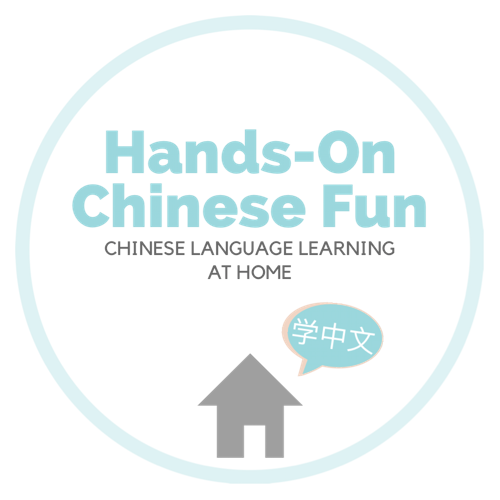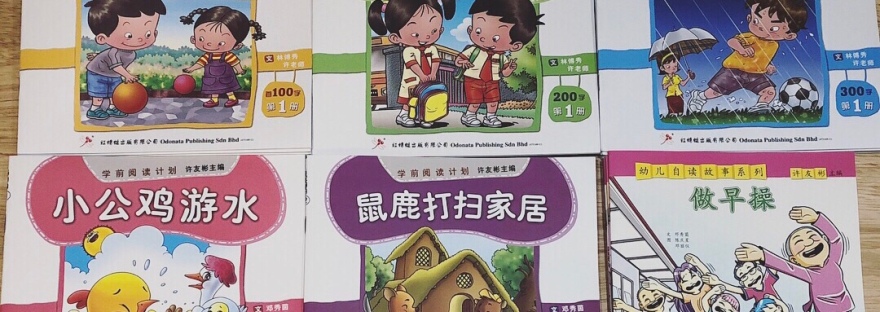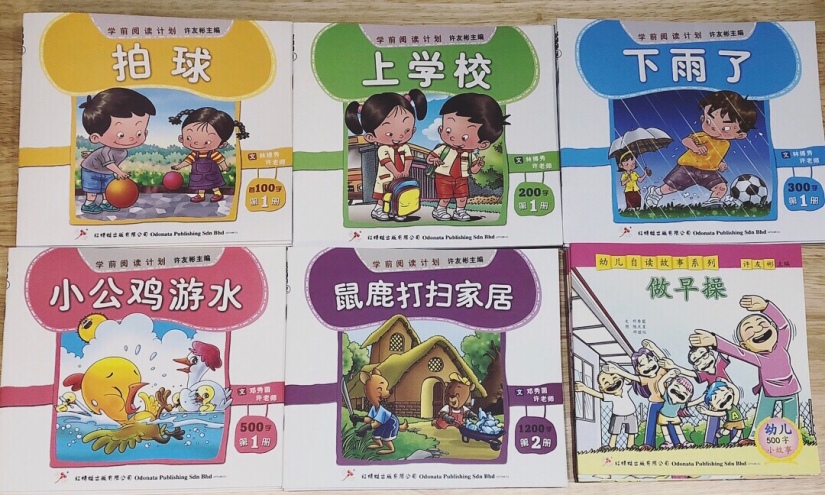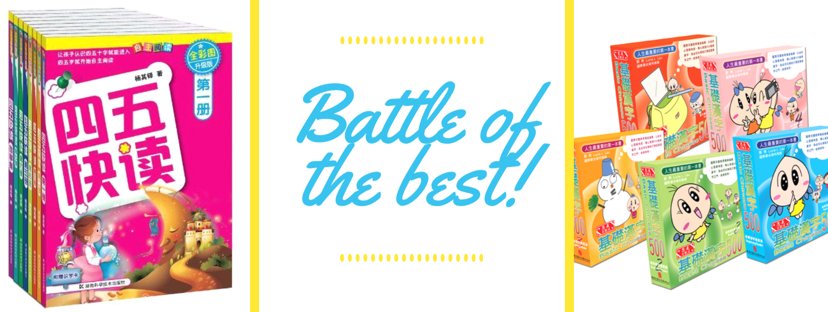There are two highly popular curriculum out there for parents to teach their child to read Chinese. In this post I will do a comparison of《四五快读》and《基础汉字500》, also known as Sagebooks or Basic Chinese 500, to help you decide which to get!
Disclaimer: I do not have personal experience using Sagebooks, just my extensive internet research and browsing them at the bookstore.
First, what are they?
They are curriculum designed for the child to learn the most commonly used Chinese characters, by the end of which they should be able to read simple reader books by themselves.
《四五快读》covers more characters at 552 (in the first six books) and 800+ by the eighth book compared to Sagebooks which has 500 exactly. Some parents buy both and use them concurrently, but I think one is sufficient. The characters covered are largely the same.
Cost Comparison:
The total cost for《四五快读》is ~$25, as compared to Sagebooks which cost at least $200-300. A huge price difference!
The other thing I really like about 《四五》is that you just buy one nice complete set of 8 books. Everything is included. Bam.
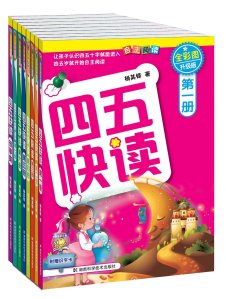
In contrast, Sagebooks has 5 levels and 5 books per level, for a total of 25 books. At Popular bookstore in Singapore, they sell each book individually and a few books were not available. Meaning you have to run to several stores or buy from several sellers on Carousell to collate all 25 books. 😣 In addition, the parent guide is found separately on the website, and flash cards have to be purchased or you have to make your own.
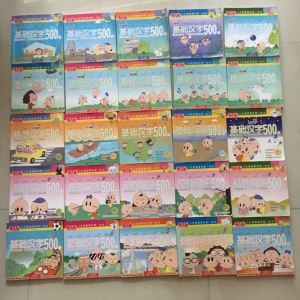
Alternatively, the complete set of books can be purchased online from the HK publisher for a whopping $243 USD, not including shipping. 😱
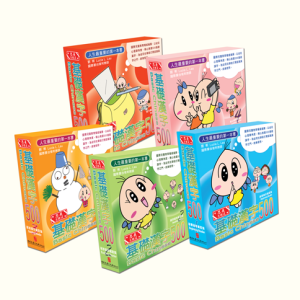
Teaching Style:
The primary difference between these two is the teaching style. 《四五快读》is more “textbook style”, and the child learns to read characters, phrases, sentences, and short stories (sample lesson shown below).


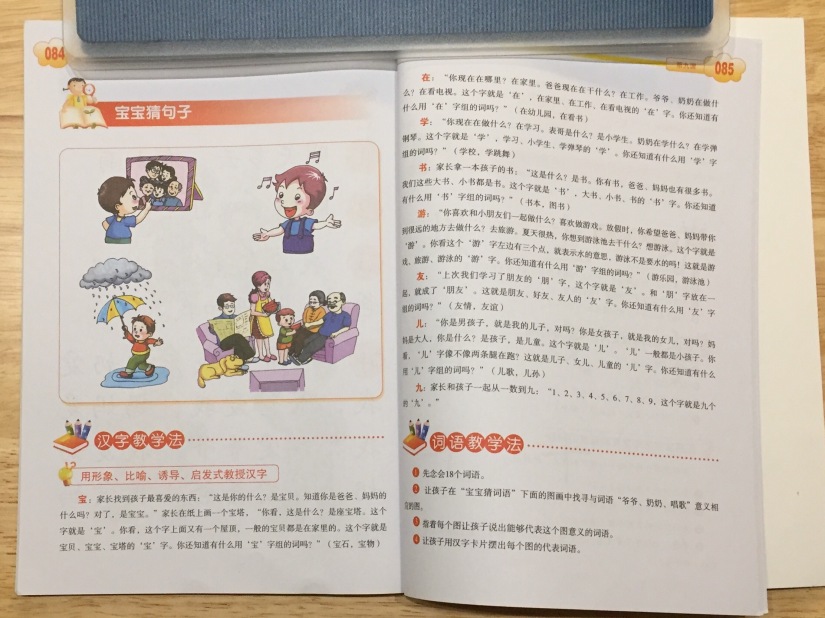
I really like that it teaches different 造词 combinations for each character. My son has learned a lot of new vocabulary like 大学生,小学生 which I don’t think he would otherwise encounter.
After the child reads each sentence, he points to the picture that matches what he read. A great way to check for comprehension!

Flash cards for the characters are included in the back of each book to cut out. Very convenient. There’s multiple of each character so you can make your own sentences.
I ❤️️ these reading charts which are found every few lessons. The intensive practice really helps my son differentiate similar looking characters like 白,日,目.
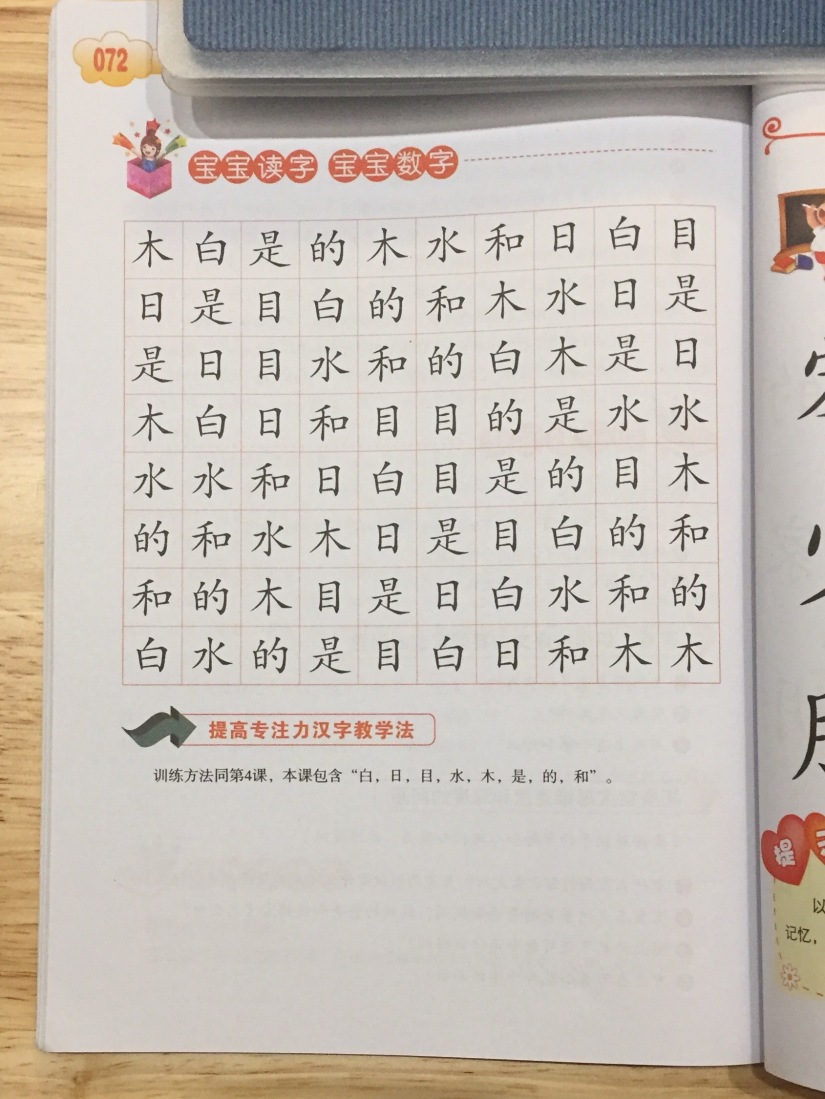
As the books progress, the font size gets smaller and smaller, pictures get fewer and fewer, and story gets longer and longer. I love this! It has really helped build up my son’s confidence and reading ability. Overall, I find 《四五快读》very similar to the book I used to teach my son to read in English. This is the main reason why I chose it, because I already know this method works for us.
Sagebooks on the other hand teaches through a “storybook style”. Every lesson introduces a new character and you read a story that has many repetitions of that character as well as previously taught characters. It is like the Chinese equivalent of Bob Books or Dick & Jane books.
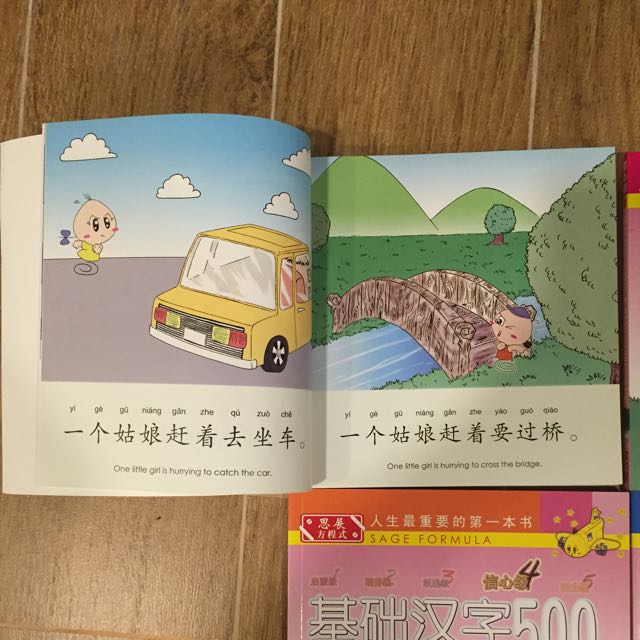
As you can see, each page has a picture and the sentence in characters, pinyin and English. I’m pretty sure my English-dominant son would rely on the pinyin, resulting in me not knowing if he is reading pinyin or characters.
Target Audience:
As the name suggests, 《四五快读》is ideally suited for 4-5 year olds. I think it would be okay for a 3-year-old who has strong Chinese background. The author actually taught her daughter to read 1000 characters before she turned 3!
《四五》was designed for Mainland China parents to teach monolingual Chinese children, however I am using it successfully to teach my American-beginning-Chinese-learner to read. So I would say that it is ok for use with children even if their Chinese is not strong, BUT the parent’s Chinese must be strong! This is because the parent guide is 30 whole pages in Chinese! 😂

This parent guide is a must read and full of important information. Please do not use 《四五》without reading the parent guide first. It would be akin to trying to build complicated furniture without reading the instructions.
I don’t know if there is an official recommended age for Sagebooks, but most parents also use it around 4-5 years old or slightly younger. There seems to be consensus that 3-5 years is the optimal age to teach Chinese reading.
Sagebooks seem to be designed for bilingual children and bilingual parents, because both the books and parent guide are Chinese-English. It is better suited for parents with limited Chinese proficiency.
Time Commitment:
Similar for both. It takes about 15 minutes practice a day, 5-18 months to complete, depending on child’s age, temperament, and how diligent you are!
In summary…
I do not think one is better than the other; there is no one-size-fits-all. If you are consistent with practice, I’m pretty sure either of these curriculum will succeed in creating a reader.
For me, I like things 1) affordable, 2) organized, 3) simple black-and-white, 4) focused on characters only, 5) pedagogy and research based, so needless to say I went with 《四五快读》and LOVE IT. ❤️
Have you used either of these? Share your experience in the comments!
[Like and Follow me on Facebook for more reading tips!]
